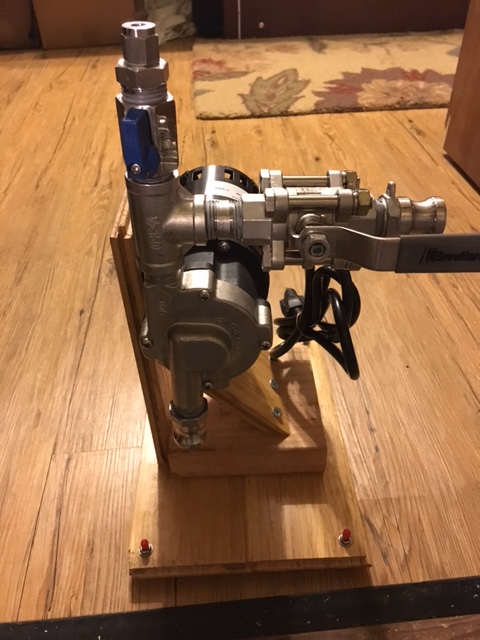I bought a SV240 controller a couple months back, and it worked out great for me for my first time brew session about a week ago. Looks like only the SV240 Pro is available now, and I would have passed on that one. No interest in a mash timer in the device since I have an iPad with beersmith as my timer, which is by far better than one in the controller. If the pro was the only option I would have went with High Gravity or revisited building my own.
Only other comment, is once I got the controller after inspection, I had to "re-wire" the 4 prong plug. It looks like during shipping the plug pulled away from clamping on the outside insulation of the cable. Simple 5 minute task.
I built my own 15 gallon BIAB system, since I had a chugger and hoses already for my 3 vessel system, and I just needed the bayou classic pot, and element hardware. I just had to build a Spa Panel and wire up the pot.
The first brew day the controller was super smooth. I did an multi step mash, and didn't over shoot my temps. I took a little while for the temps to catch up and stabilize in the pot, but I would rather that, than a some of issues I've had with an mypin pid that would always overshoot.
The boil worked well. First time with 240V, and the boil off was a lot more than I expected, but putting the pid in manual mode at 70% power gave a nice steady boil.
Overall, really happy with the controller, only disappointed that it appears to be discontinued.
























![Craft A Brew - Safale S-04 Dry Yeast - Fermentis - English Ale Dry Yeast - For English and American Ales and Hard Apple Ciders - Ingredients for Home Brewing - Beer Making Supplies - [1 Pack]](https://m.media-amazon.com/images/I/41fVGNh6JfL._SL500_.jpg)


































